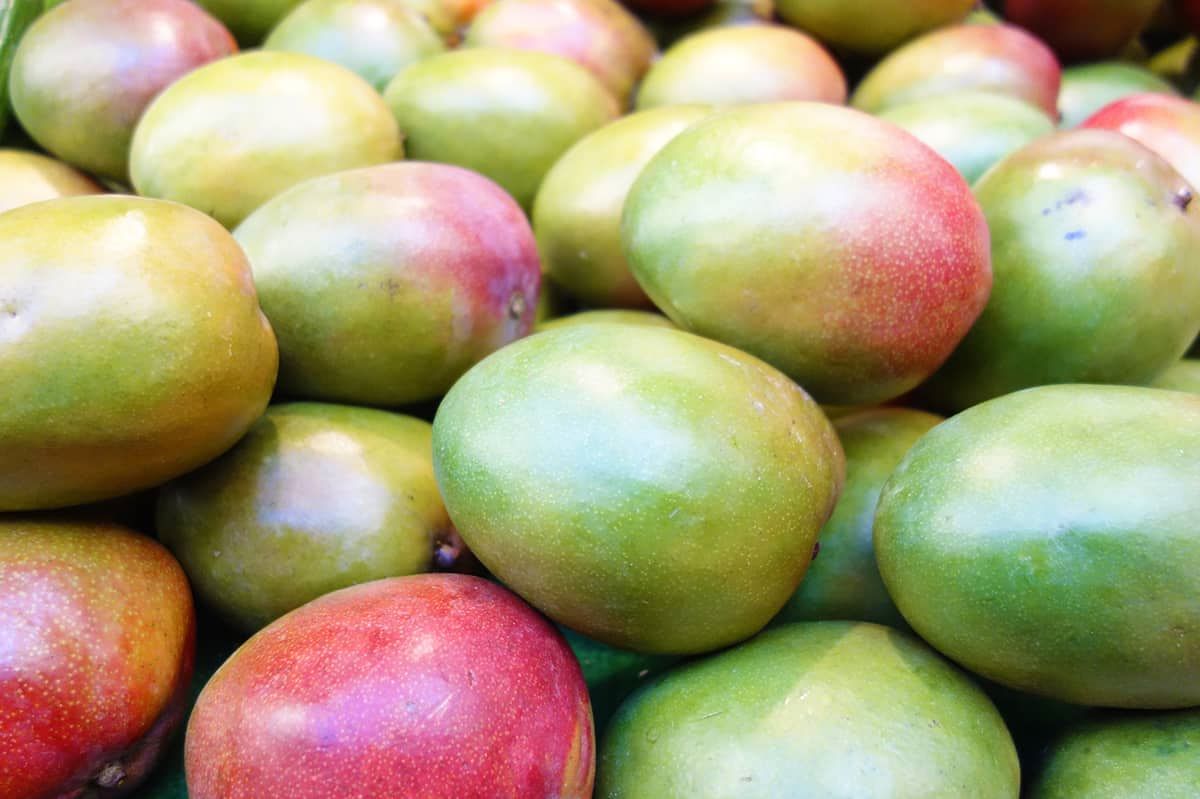

Articles
How To Store A Mango
Modified: March 25, 2024
Learn the best techniques and tips to store a mango for longer freshness. Read our informative articles for step-by-step instructions and expert advice.
(Many of the links in this article redirect to a specific reviewed product. Your purchase of these products through affiliate links helps to generate commission for Storables.com, at no extra cost. Learn more)
Introduction
Mangoes are delicious and highly nutritious fruits that are enjoyed by millions of people around the world. Their vibrant colors, sweet taste, and juicy flesh make them a popular choice for snacking, smoothies, desserts, and savory dishes. However, if you happen to have a surplus of mangoes or want to store them for future use, it’s important to know the proper methods to ensure their longevity.
In this article, we will explore various techniques for storing mangoes to maintain their flavor, texture, and freshness. We’ll discuss how to choose the right mangoes for storage, the steps to prepare them, and the different storage options available. Whether you prefer to store your mangoes at room temperature, in the refrigerator, or even freeze them for long-term storage, we’ve got you covered.
By following the tips and suggestions provided in this article, you can extend the life of your mangoes and enjoy these delicious fruits throughout the year. So let’s dive in and learn how to properly store mangoes to ensure they stay perfectly ripe and ready to enjoy whenever you crave a taste of tropical sweetness.
Key Takeaways:
- Choose ripe, firm mangoes with vibrant colors and a sweet aroma for optimal storage. Properly prepare, store at room temperature, refrigerate, or freeze to enjoy delicious mangoes year-round.
- Avoid overripe mangoes and store them separately from strong-smelling foods. Consider freezing mangoes for long-term use and consume thawed mangoes promptly for the best flavor and texture.
Read more: How To Store Mango
Choosing the Right Mango
When it comes to storing mangoes, selecting the right ones is crucial for ensuring their quality and longevity. Here are some tips on how to choose the perfect mangoes for storage:
- Look for a mango that is firm but slightly yield to gentle pressure. Avoid mangoes that are extremely hard or mushy.
- Check the color of the mango. Different varieties of mangoes have different shades, but generally, ripe mangoes display bright and vibrant colors, such as hues of yellow, orange, or red.
- Give the mango a gentle sniff. A ripe mango will have a sweet, tropical aroma that is enticing and fragrant.
- Examine the skin for any blemishes or signs of decay. Ideally, the mango should have smooth and unblemished skin, free from bruises or mold.
- Avoid mangoes with wrinkles or shriveled skin, as this indicates overripeness.
- If you’re not planning to consume the mango immediately, it’s better to choose slightly underripe mangoes. They will continue to ripen over time, allowing you to store them for longer and have more control over their ripeness.
By selecting high-quality mangoes for storage, you increase the chances of enjoying delicious and flavorful fruits even after a few days or weeks.
Preparing the Mango for Storage
Before you store mangoes, it’s essential to properly prepare them to ensure their freshness and prevent spoilage. Here’s how to prepare mangoes for storage:
- Wash and dry the mangoes: Start by rinsing the mangoes under cool running water to remove any dirt or debris. Pat them dry with a clean towel or paper towel.
- Trim the stem: Using a sharp knife, carefully cut off the stem of the mango. This will help prevent moisture loss and potential entry points for bacteria or mold.
- Remove any stickers or labels: If there are any stickers or labels on the mangoes, peel them off. These stickers can trap moisture and affect the fruit’s quality.
- Inspect for any damage: Thoroughly examine the mangoes for any signs of damage, such as cuts, bruises, or mold. Remove any damaged areas by cutting them out with a clean knife.
- Optional: Peel and slice the mangoes: If you prefer to store peeled and sliced mangoes for easy consumption, carefully peel the fruit using a vegetable peeler or a knife. Then, cut the mango into desired slices or pieces.
Once you’ve prepared the mangoes, they are ready for storage. The proper preparation ensures that the mangoes stay fresh and retain their flavor and texture for an extended period.
Storing a Mango at Room Temperature
One of the common methods for storing mangoes is to keep them at room temperature. This allows the fruit to continue ripening and develop its characteristic sweet flavor. Here’s how to store mangoes at room temperature:
- Choose a cool and dry location: Find a spot in your kitchen or pantry that is away from direct sunlight and excessive heat. Mangoes should be stored in an area with consistent room temperature.
- Avoid stacking mangoes: Place the mangoes in a single layer in a basket or on a tray to allow proper airflow and prevent them from getting squished.
- Check and rotate the mangoes: Regularly inspect your mangoes for ripeness. Gently press the mangoes with your fingers – if they yield to pressure and have a slight give, they are ripe and ready to eat. To ensure even ripening, rotate the mangoes periodically.
- Consume or refrigerate ripe mangoes: Once your mangoes are ripe, it’s best to eat them as soon as possible. If you can’t consume them right away, move them to the refrigerator to slow down the ripening process and extend their shelf life.
Storing mangoes at room temperature can help optimize their flavor and texture. Just remember to check on them regularly and consume them once they reach peak ripeness to enjoy the best taste.
Store ripe mangoes in the refrigerator to slow down the ripening process and extend their shelf life. Unripe mangoes can be stored at room temperature until they ripen.
Storing a Mango in the Refrigerator
If you want to prolong the shelf life of your mangoes, storing them in the refrigerator is an excellent option. This method slows down the ripening process and helps maintain the fruit’s freshness. Here’s how to store mangoes in the refrigerator:
- Choose ripe or slightly ripe mangoes: Select mangoes that are ripe or on the verge of ripening. Overripe mangoes may become mushy and lose their flavor in the refrigerator.
- Place in a breathable bag or container: Store the mangoes in a breathable bag, such as a paper bag or perforated plastic bag. Alternatively, you can use a container with ventilation holes to allow proper air circulation.
- Keep in the produce drawer: Put the mangoes in the produce drawer of your refrigerator. This area has a slightly higher humidity level, which helps prevent the fruit from drying out.
- Avoid overcrowding: Make sure not to overcrowd the mangoes in the refrigerator. Leave some space around each mango to allow for adequate airflow.
- Check and consume regularly: Periodically check on your mangoes to monitor their ripeness. As the mangoes continue to ripen, you can transfer them to the countertop to speed up the process and enjoy them at their peak.
Storing mangoes in the refrigerator can extend their shelf life by a week or more. Just remember to consume them promptly once they reach the desired level of ripeness for the best taste and texture.
Read more: How To Store Mangoes
Freezing Mangoes for Long-Term Storage
If you have an abundance of mangoes and want to store them for an extended period, freezing is an excellent option. Freezing mangoes allows you to enjoy their tropical goodness even when they’re out of season. Here’s how to freeze mangoes:
- Choose ripe but firm mangoes: Select mangoes that are ripe but still slightly firm. Overripe mangoes can become mushy when frozen.
- Peel and slice the mangoes: Peel the mangoes using a vegetable peeler or a knife. Then, slice the mango flesh away from the pit into desired shapes, such as chunks, slices, or cubes.
- Optional: Pre-treat with lemon juice: To prevent the mangoes from browning, you can drizzle them with fresh lemon juice. This step is optional, but it helps preserve the color of the mangoes.
- Transfer to airtight containers or freezer bags: Place the sliced mangoes in airtight containers or freezer bags. Make sure to remove any excess air from the bags before sealing them to prevent freezer burn.
- Label and date your containers: It’s important to label the containers or bags with the date of freezing. This ensures that you can keep track of their freshness and use them in the proper order.
- Store in the freezer: Put the containers or bags of mangoes in the freezer, making sure they are placed in a flat position to prevent them from sticking together.
Frozen mangoes can be stored in the freezer for up to 6 months. They are perfect for adding to smoothies, making mango sorbet, or incorporating into various recipes whenever you crave a taste of summer.
Remember, frozen mangoes may have a slightly softer texture compared to fresh mangoes once thawed. However, their flavor and nutritional value remain intact, making them a convenient and tasty option for long-term storage.
Tips for Storing Mangoes
To ensure the best quality and longevity of your stored mangoes, here are some additional tips to keep in mind:
- Avoid washing mangoes before storing: It is best not to wash mangoes before storage as excessive moisture can lead to spoilage. Instead, wash them just before consumption.
- Store different types of mangoes separately: If you have different varieties of mangoes, it’s advisable to store them separately. This is because some mangoes may ripen faster than others, and storing them together can potentially affect their quality.
- Do not store mangoes near strong-smelling foods: Mangoes can easily absorb odors from other strong-smelling foods. Therefore, keep them away from items like onions or garlic to prevent flavor transfer.
- Use ripe mangoes for immediate consumption: If you have ripe mangoes that you don’t plan to store, it’s best to consume them as soon as possible. Ripe mangoes have a shorter shelf life and may spoil quickly.
- Avoid storing cut mangoes for too long: Once a mango is cut, it starts to lose its freshness and can quickly become mushy. If you’ve already sliced a mango, store it in an airtight container in the refrigerator and use it within a day or two.
- Consider making mango puree or juice: If you have a surplus of mangoes, consider making puree or juice and freezing them in portions. This way, you can easily incorporate mangoes into various recipes or enjoy a refreshing mango drink.
- Consume thawed mangoes promptly: When thawing frozen mangoes, it’s best to use them soon after they have thawed. Refrigerate any leftover thawed mangoes and use them within a day or two to maintain their quality.
By following these tips, you can ensure that your stored mangoes remain in optimal condition and retain their delicious flavor and texture for as long as possible.
Conclusion
Mangoes are a tropical delight that can be enjoyed year-round with proper storage techniques. Whether you have a surplus of mangoes or want to save them for later use, knowing how to store them is essential. By following the tips outlined in this article, you can prolong the shelf life of mangoes and enjoy their delightful flavor even when they are out of season.
Choosing ripe and high-quality mangoes is the first step in successful storage. Preparing the mangoes by washing, trimming, and inspecting them ensures that they are ready for storage. Storing mangoes at room temperature allows them to ripen further, while refrigerating them slows down the ripening process. Freezing mangoes provides a convenient long-term storage solution.
Remember to be mindful of the storage guidelines for each method to preserve the taste, texture, and nutritional value of the mangoes. Additionally, consider utilizing frozen mangoes for smoothies, desserts, or incorporating them into various recipes throughout the year.
With these tips in mind, you can extend the enjoyment of mangoes beyond their peak season and savor their tropical goodness whenever the craving strikes. So go ahead, choose the perfect mangoes, store them correctly, and relish the delectable taste of mangoes all year long!
Frequently Asked Questions about How To Store A Mango
Was this page helpful?
At Storables.com, we guarantee accurate and reliable information. Our content, validated by Expert Board Contributors, is crafted following stringent Editorial Policies. We're committed to providing you with well-researched, expert-backed insights for all your informational needs.
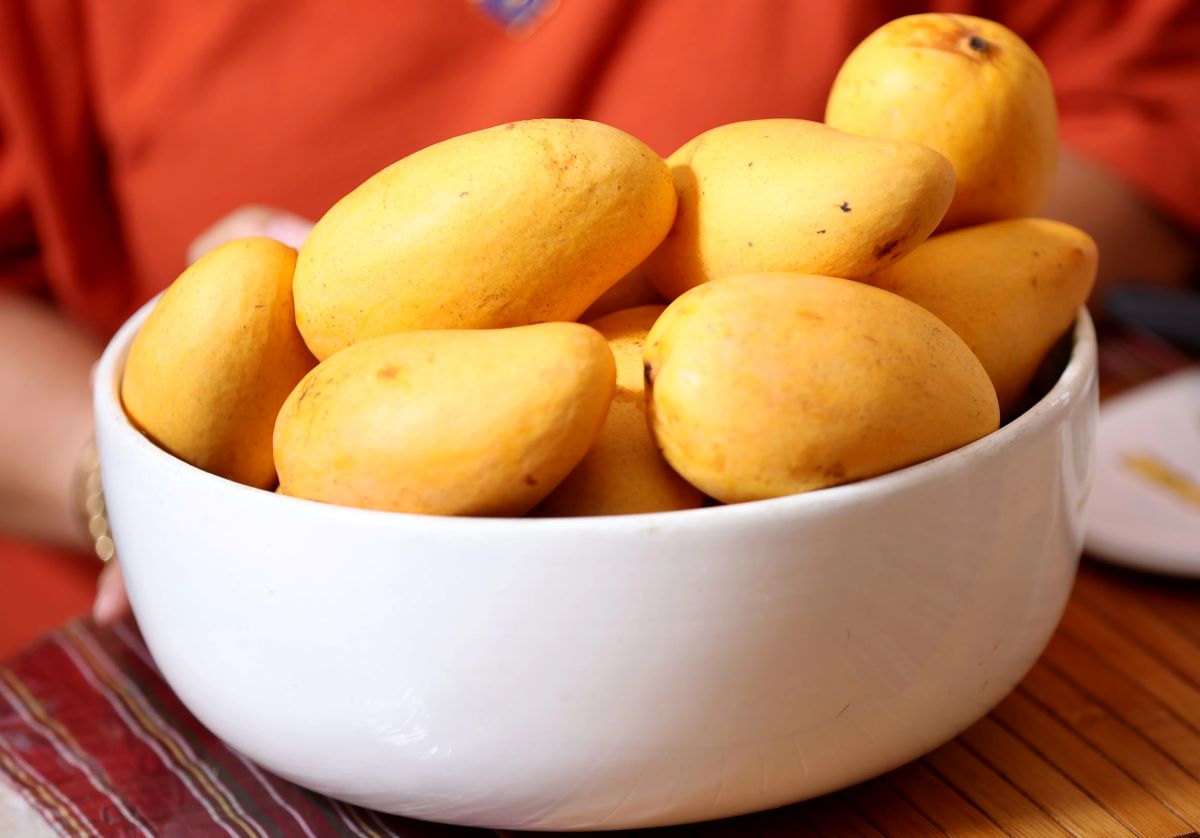
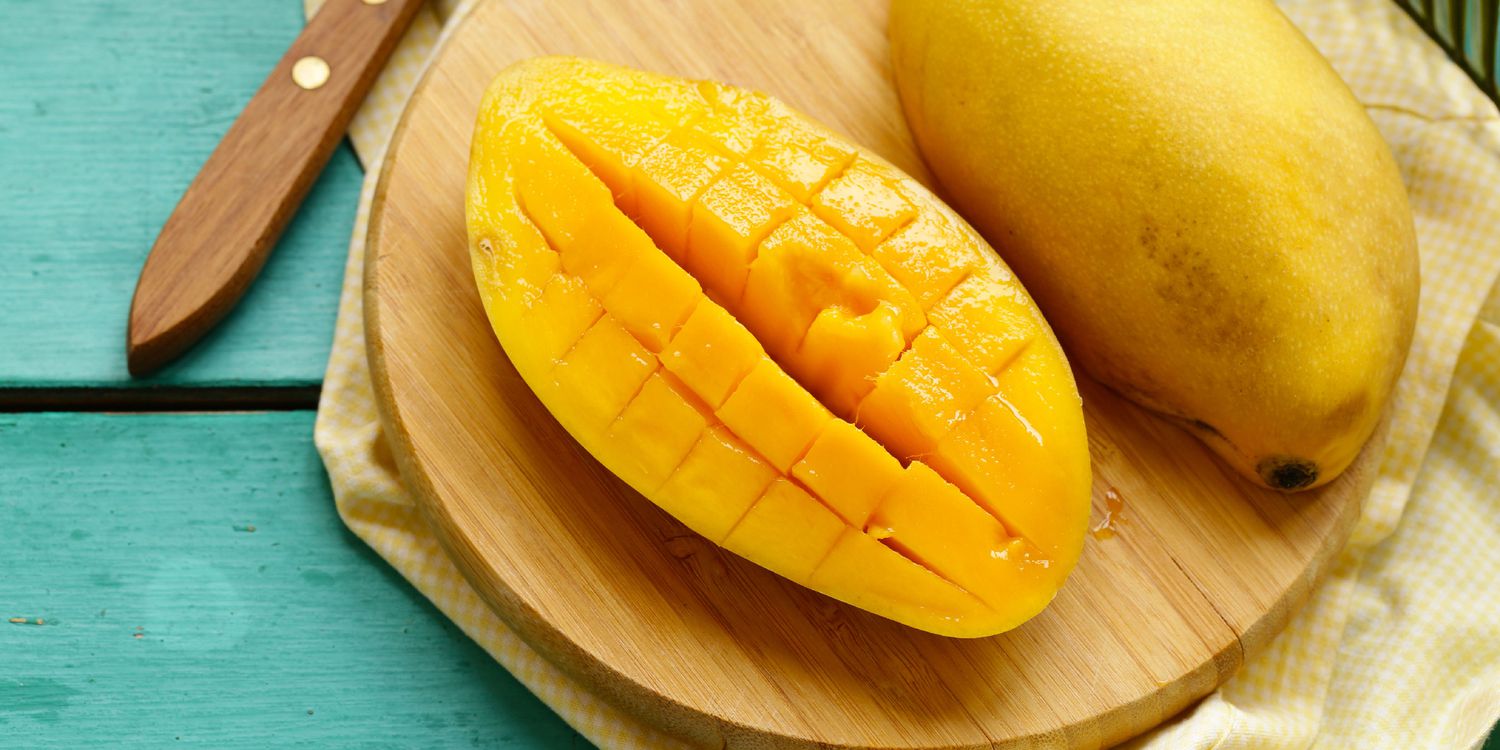
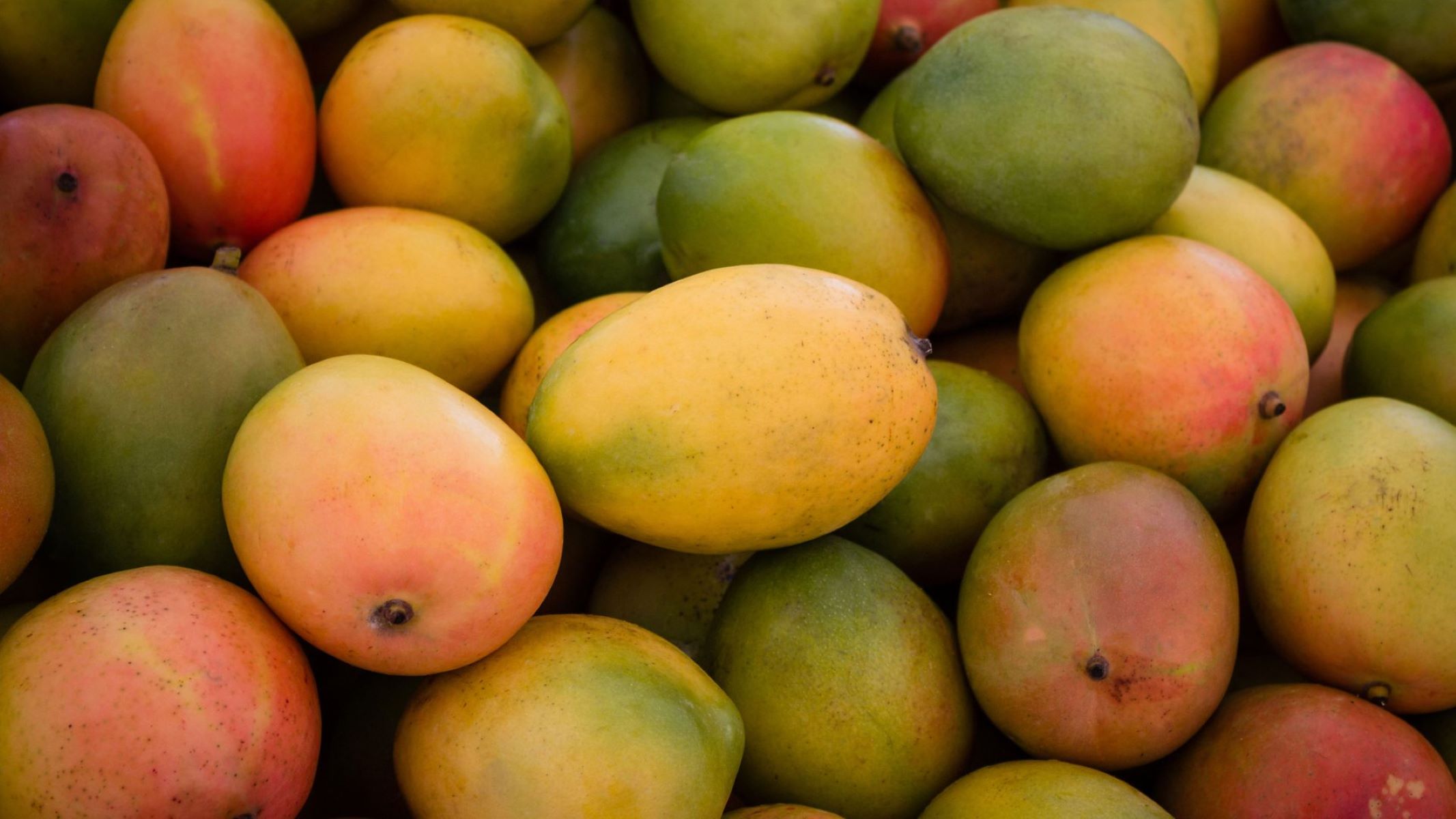
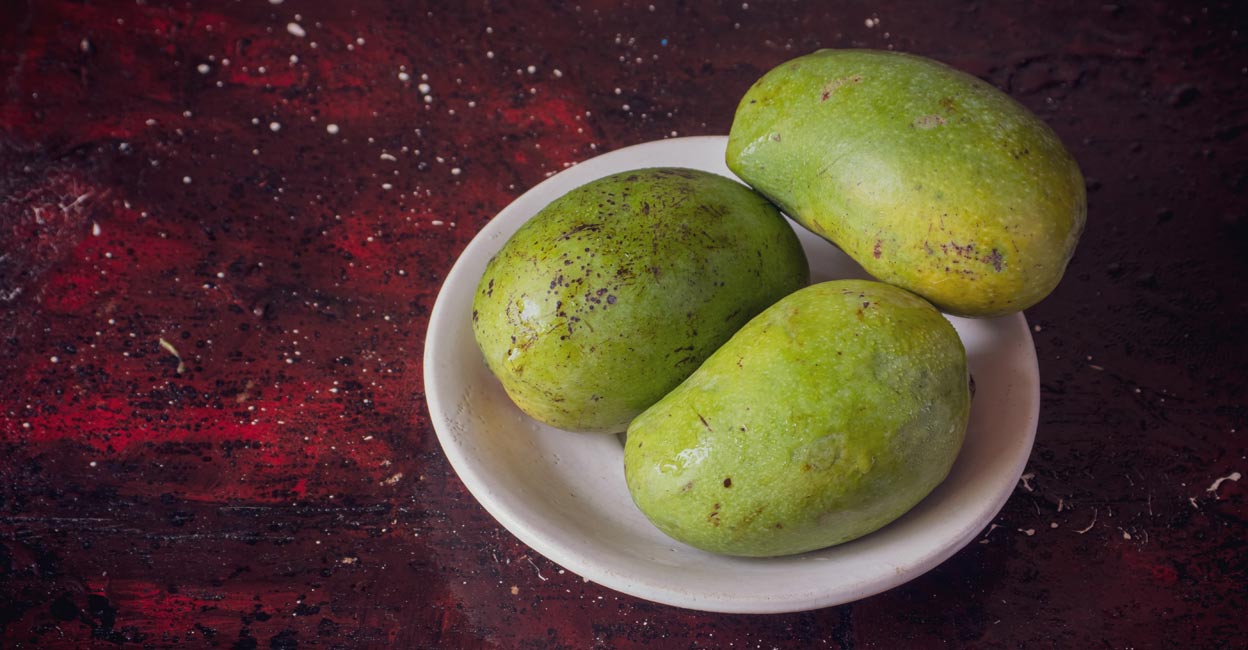
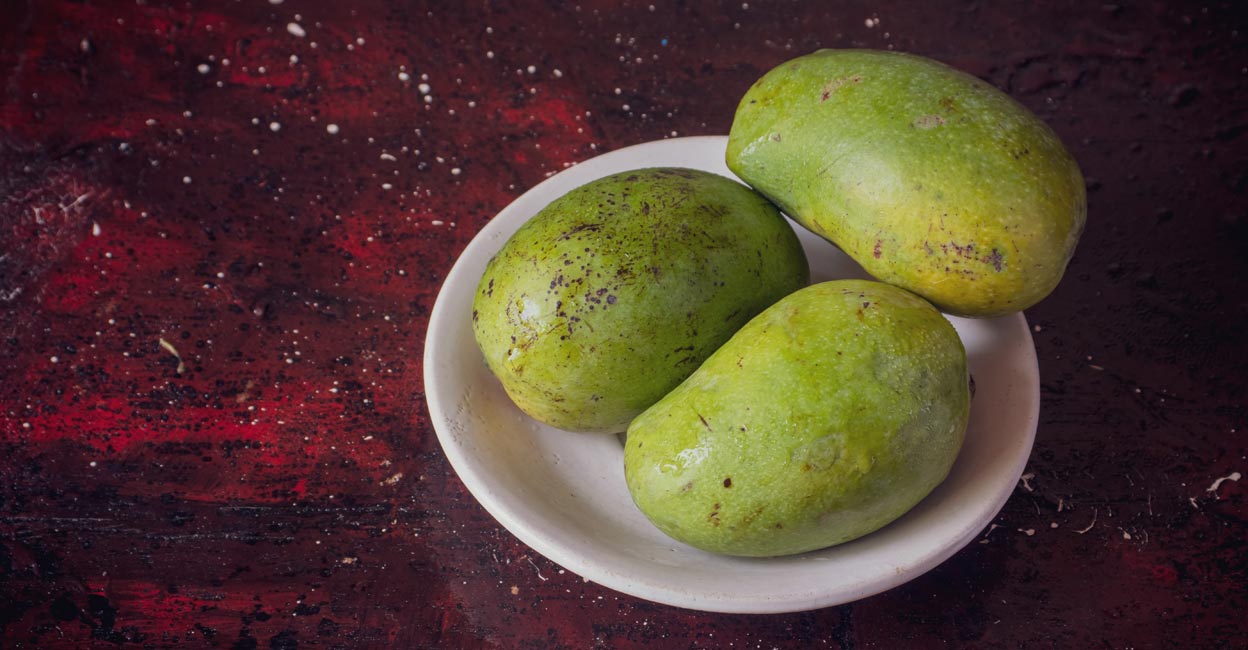
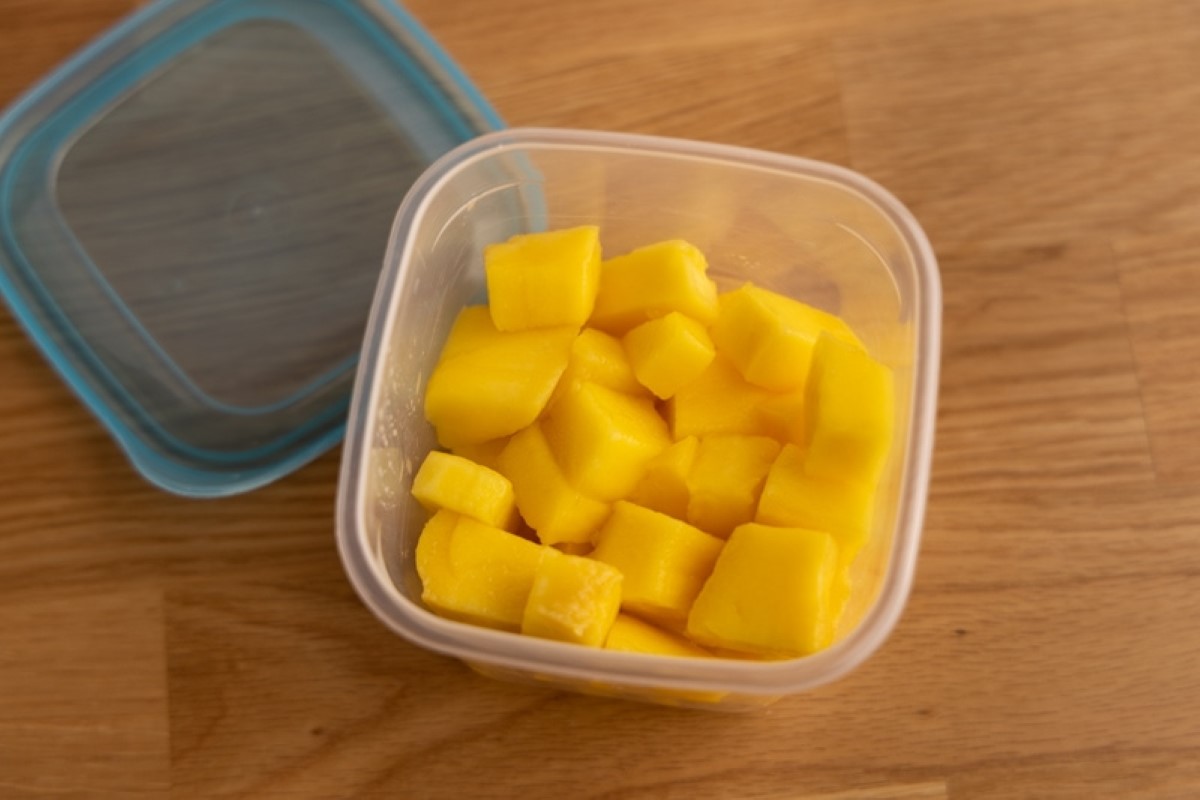
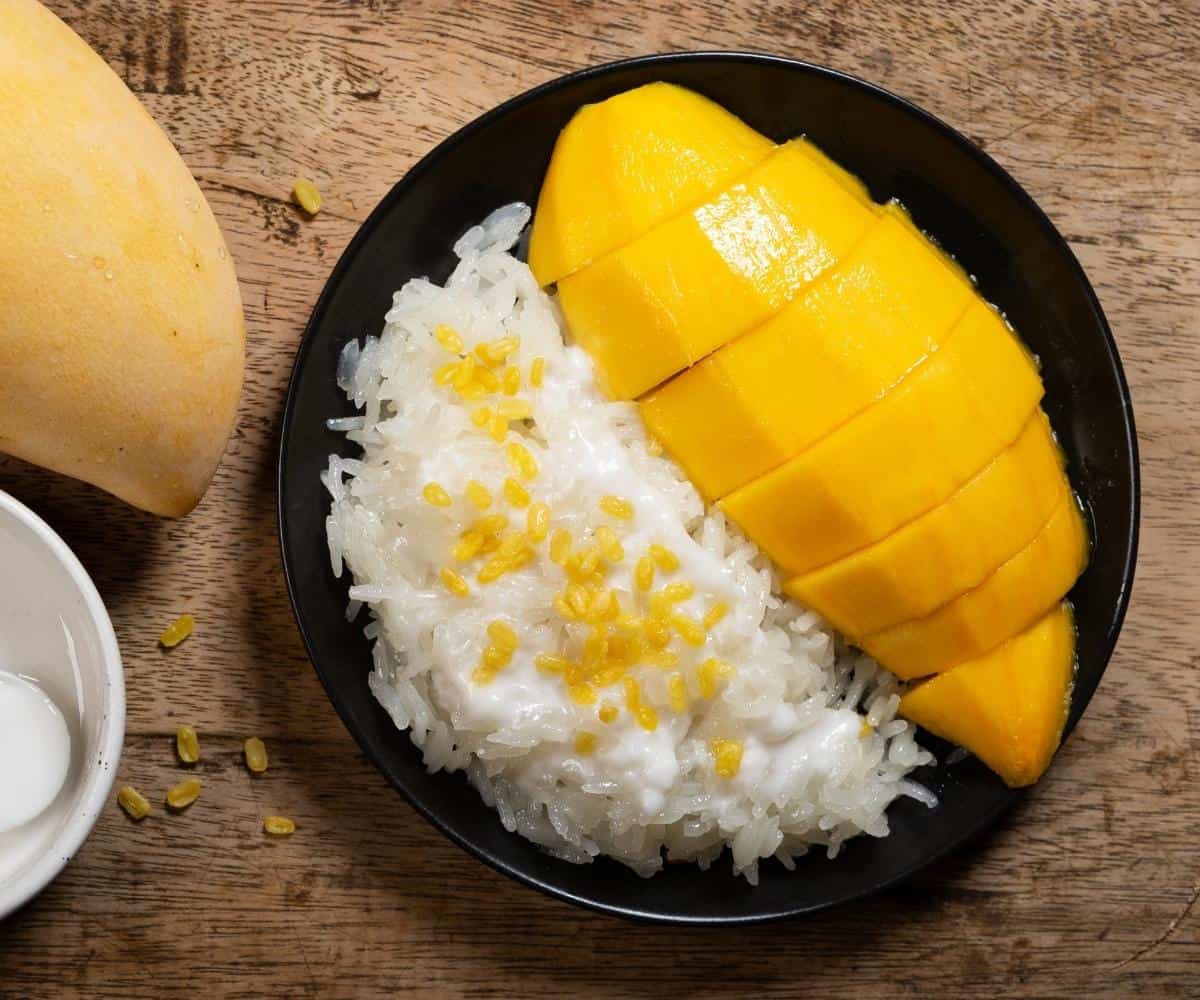

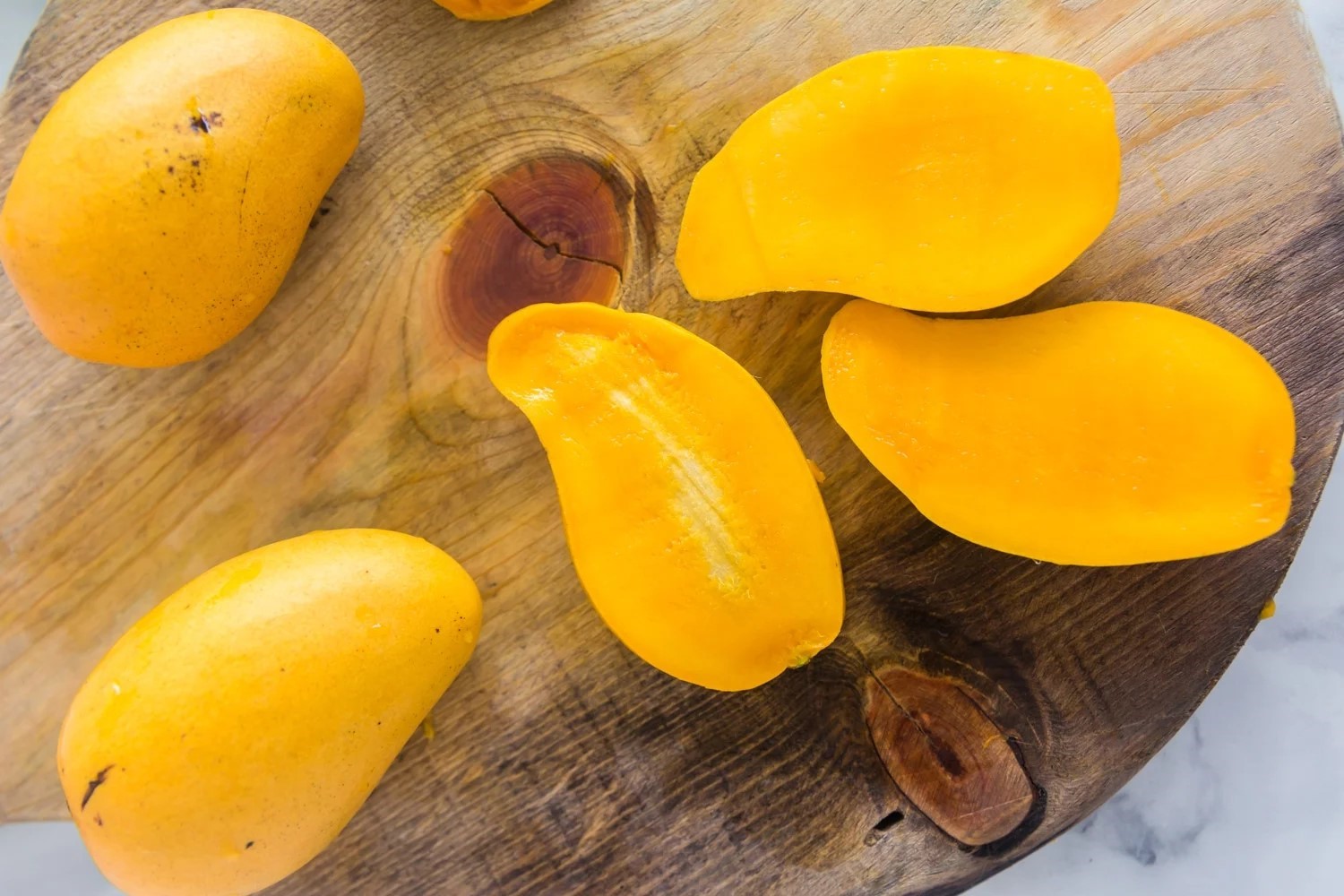
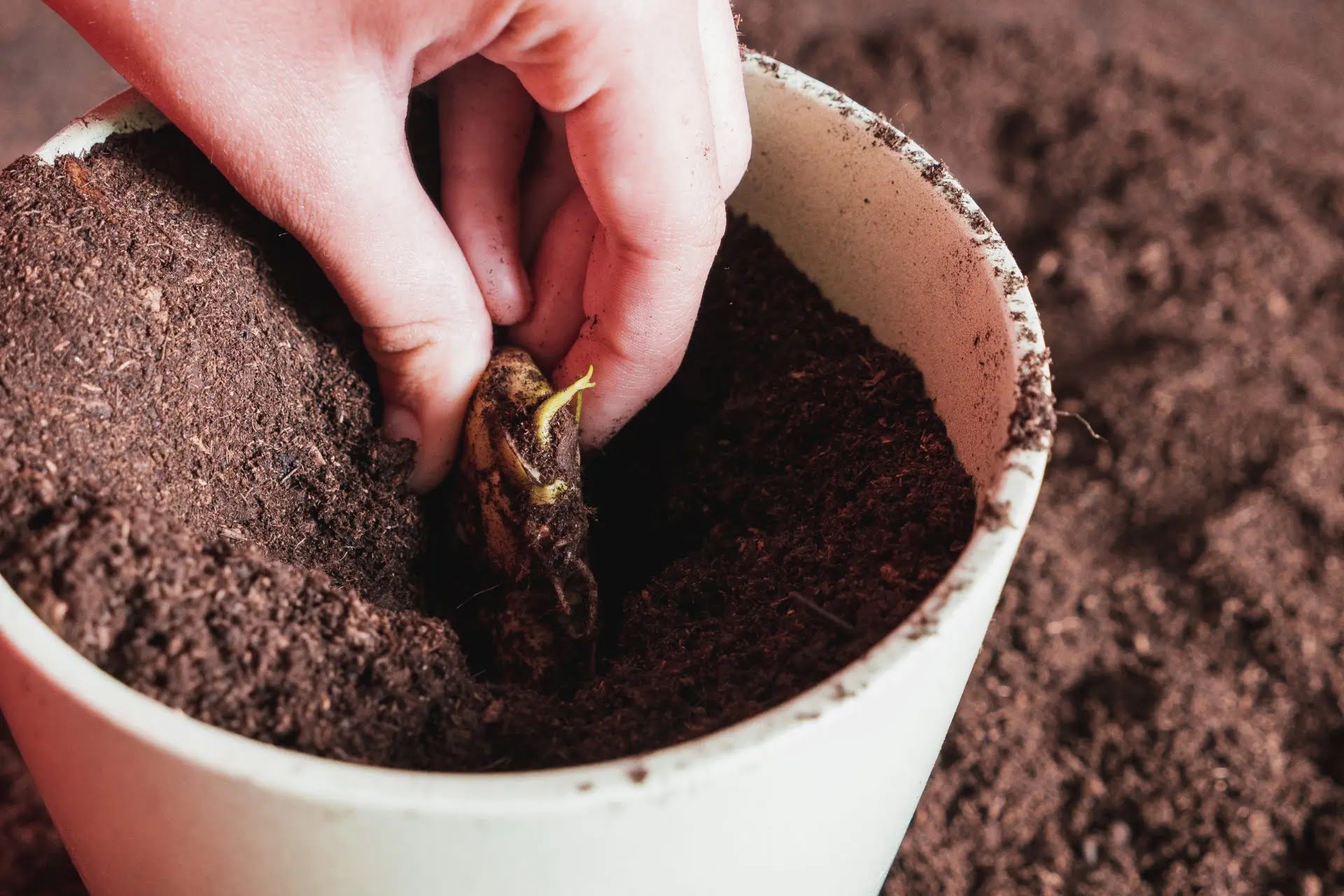
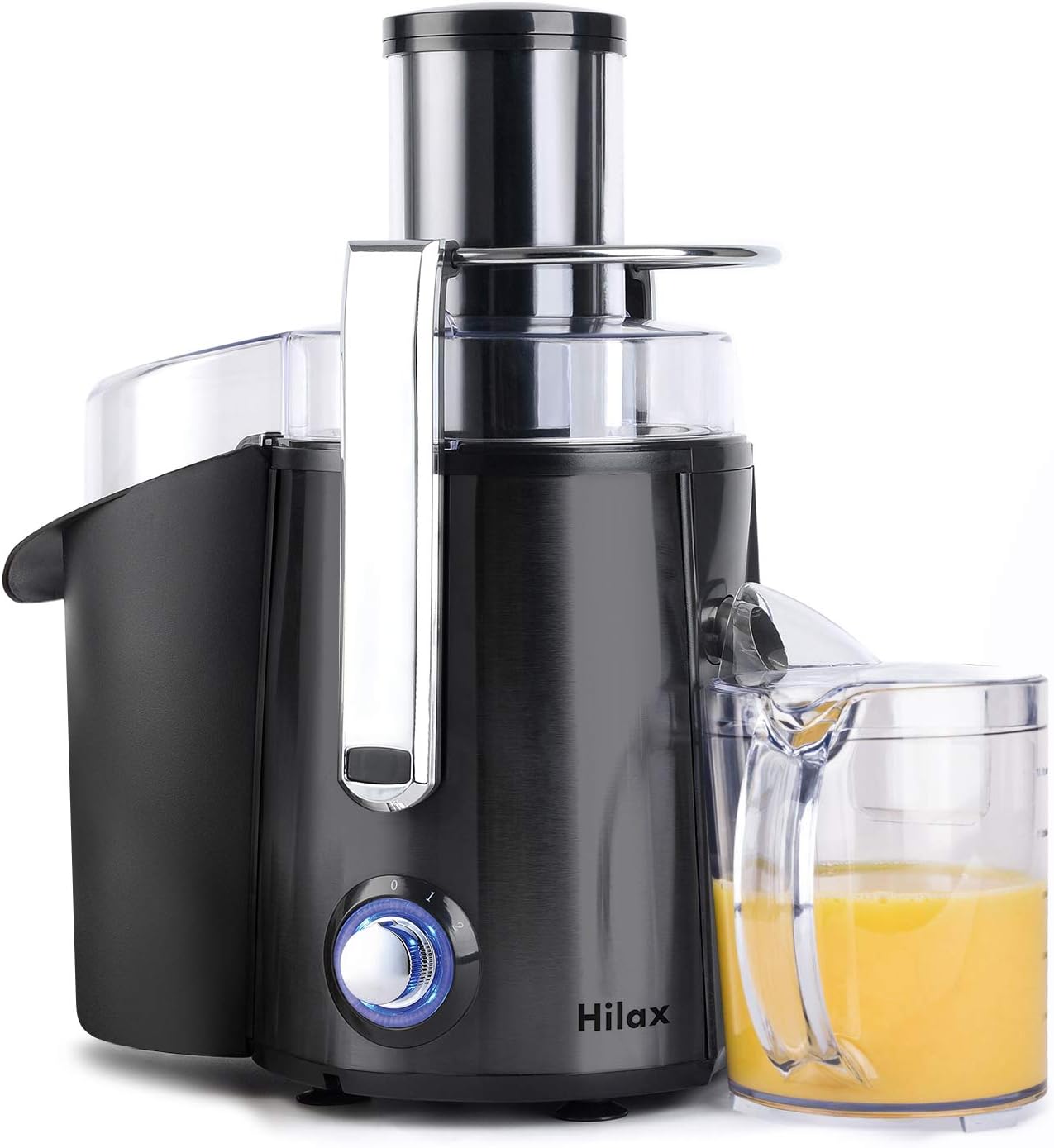

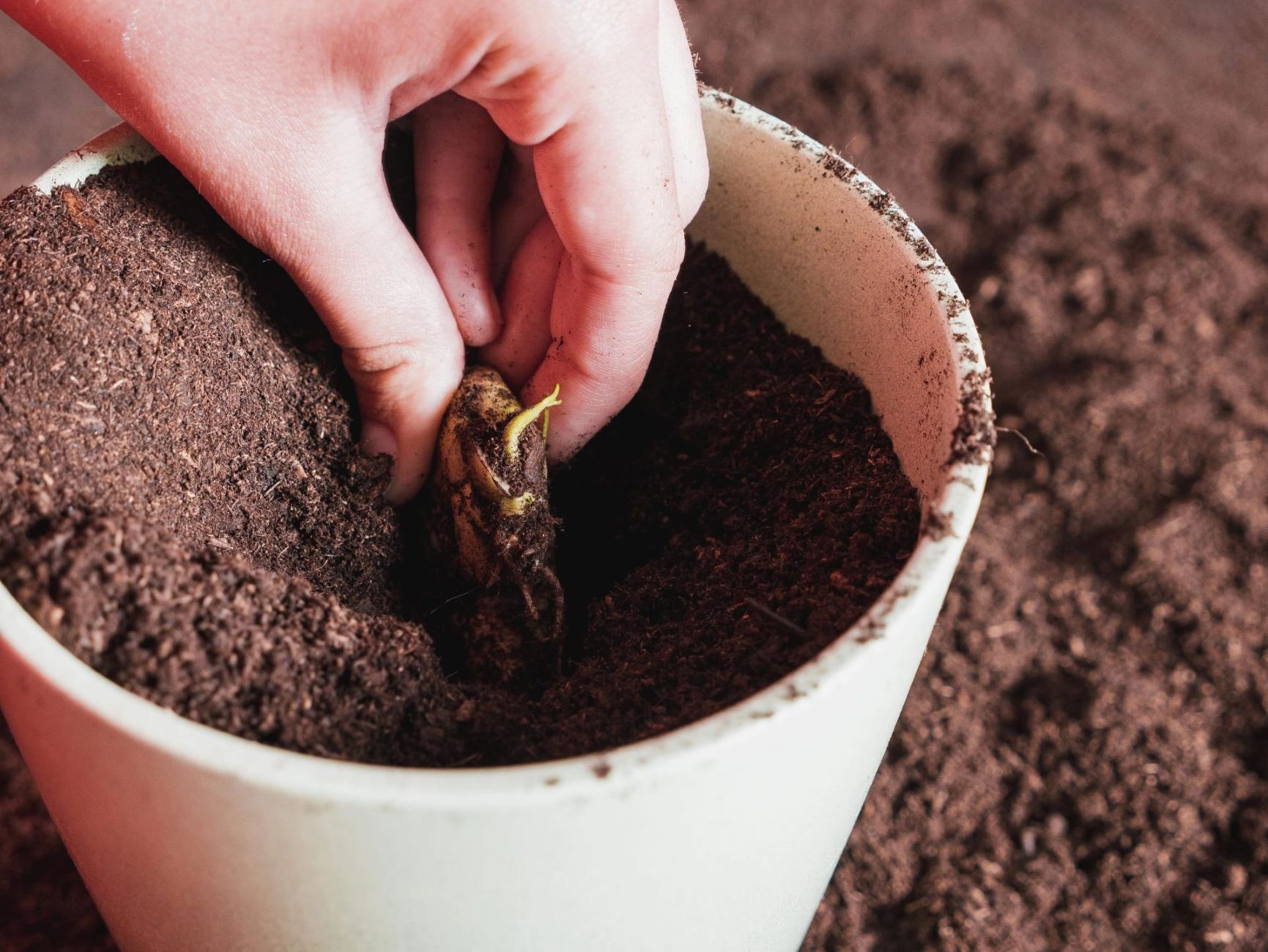


0 thoughts on “How To Store A Mango”